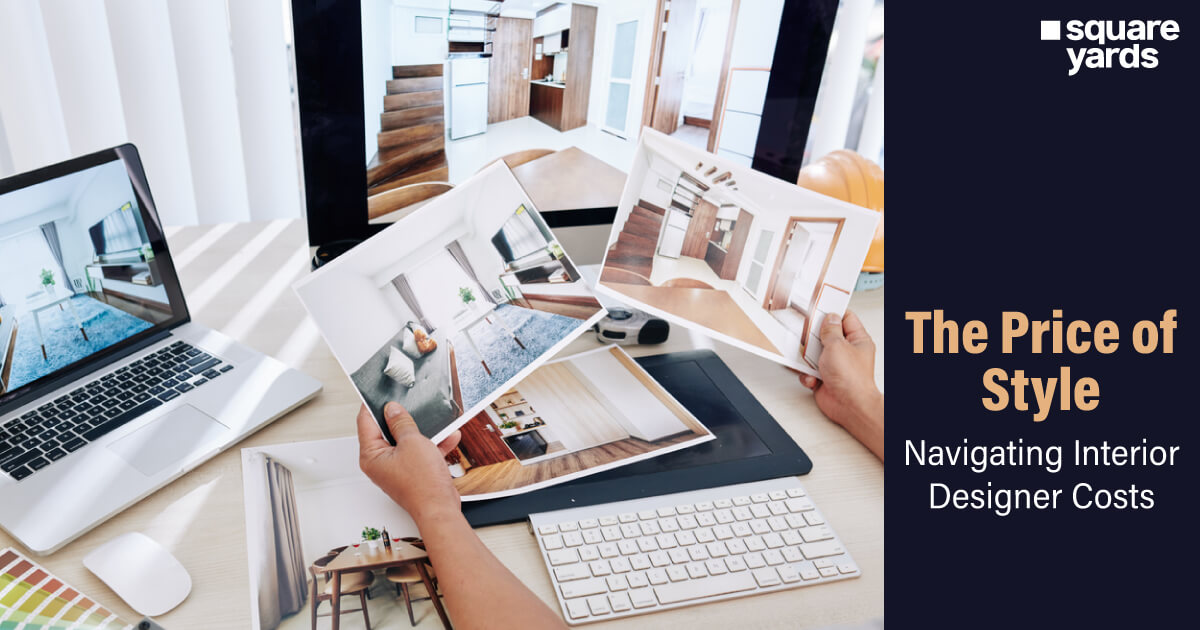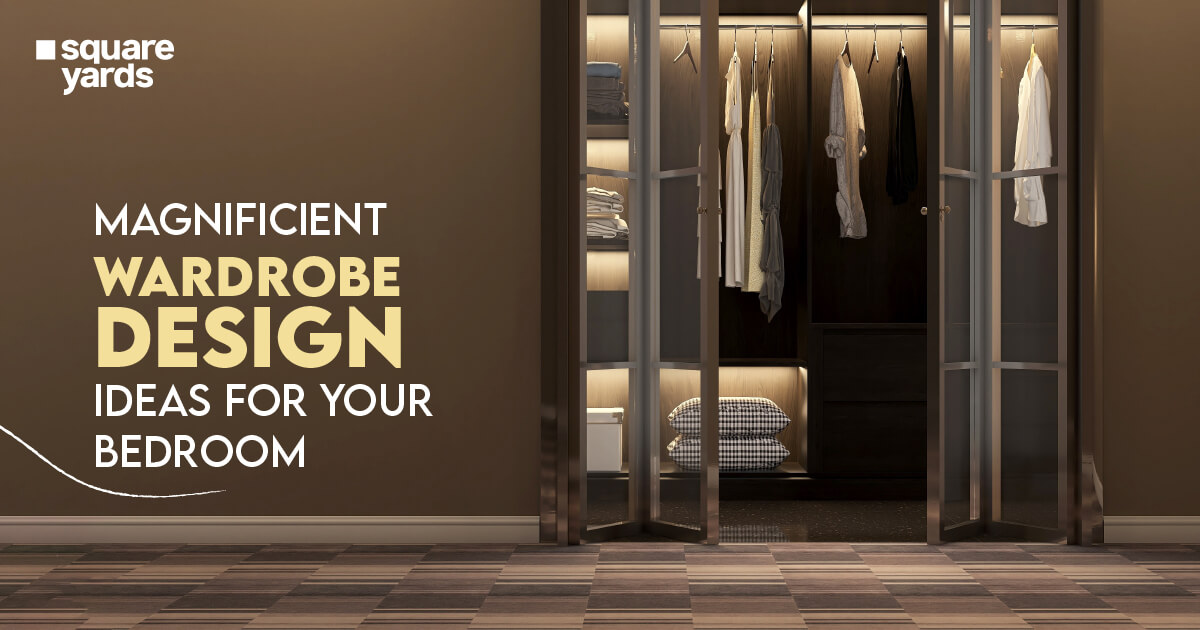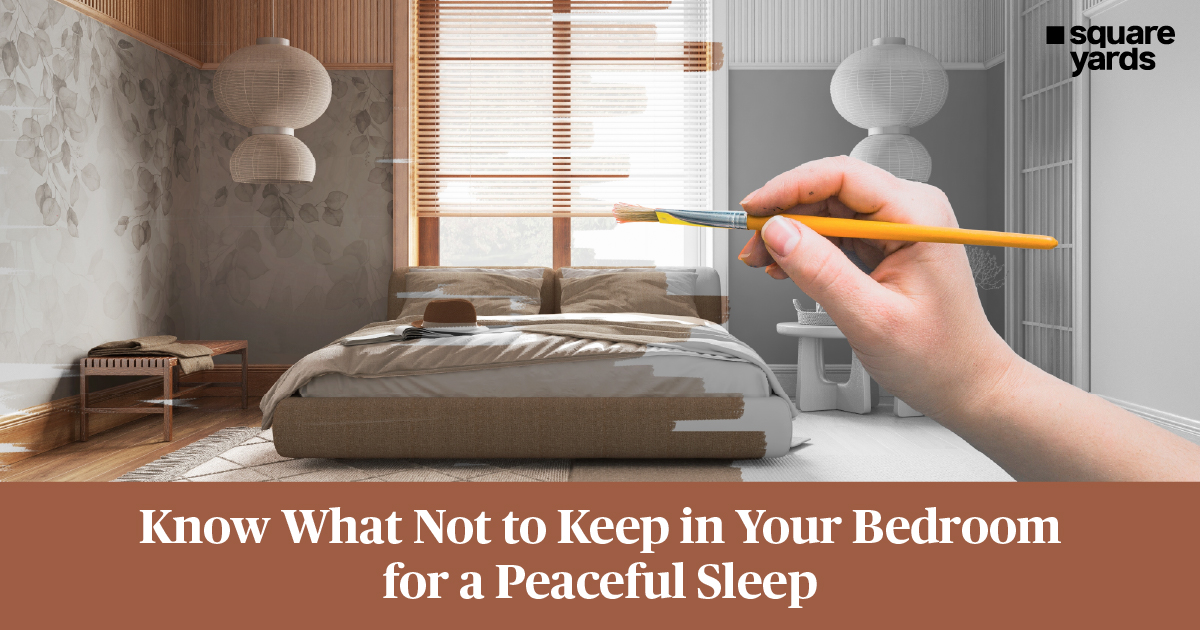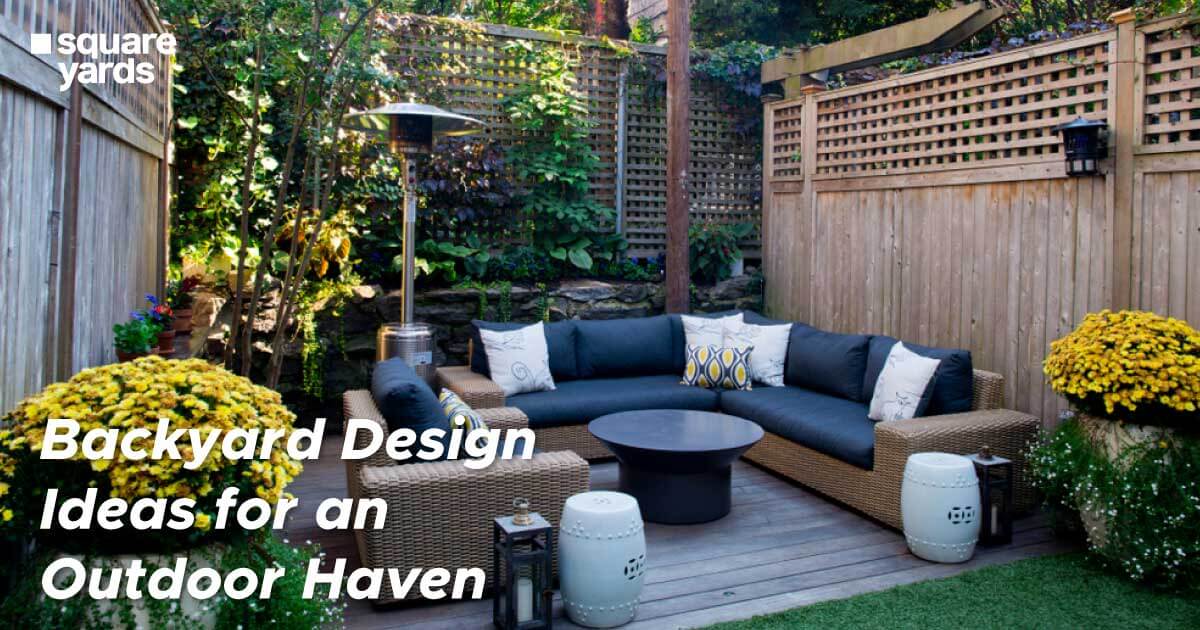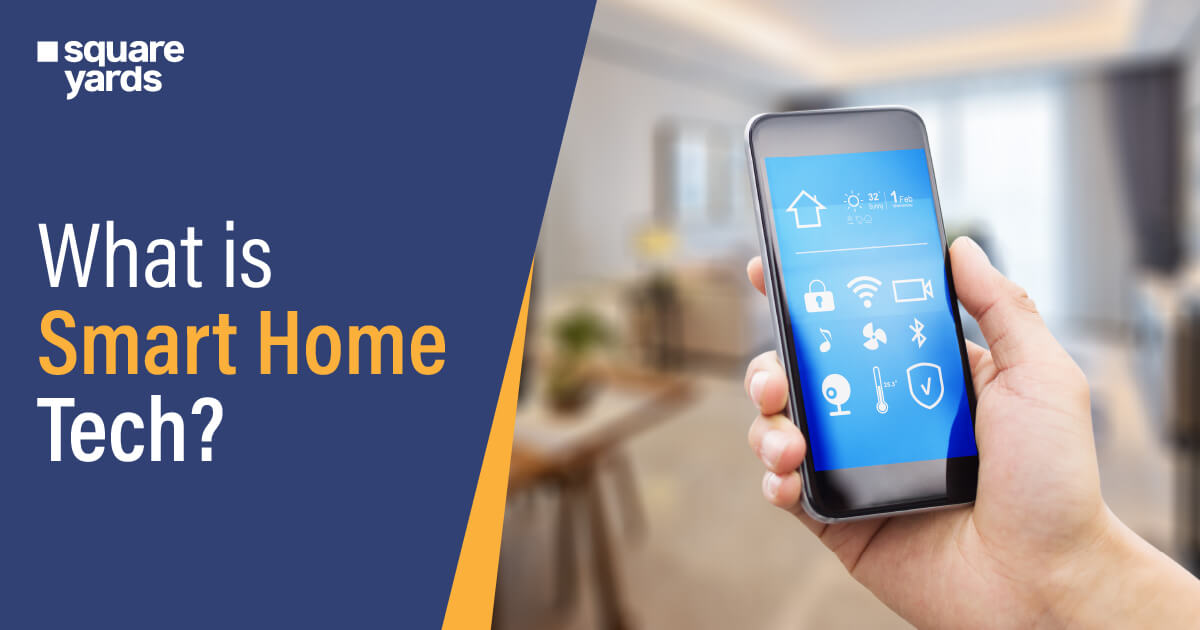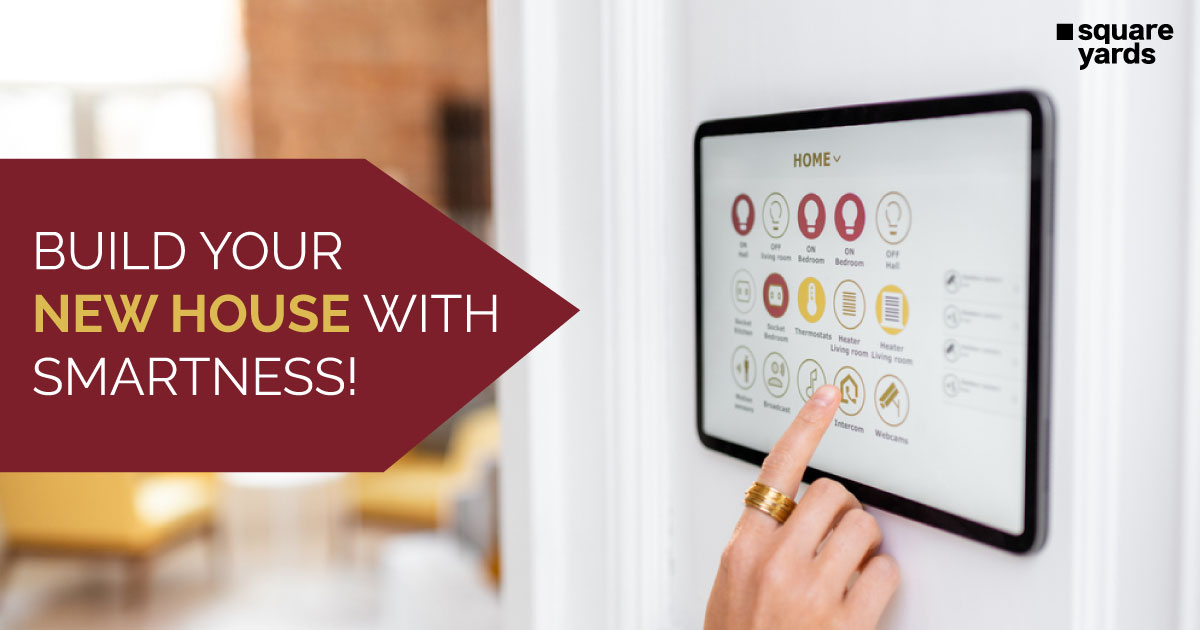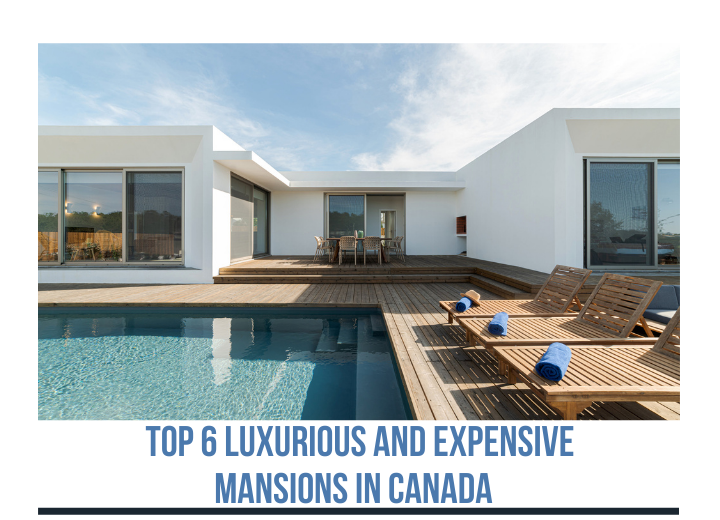You know, if it was all in our own hands, if the sky was the limit and if the budget was no holds barred, most of us would probably live in a house that would be so unique, we’d love to visit each other and everyone else. We would all have our house tours, might make money off creativity, and so much more. But money does matter, value is pricey, and uniqueness is expensive. But interior design ideas on a budget are a possibility! Welcome, savvy savers and budgeted beautifiers, to 2023 – where magic carpets are (sadly) still in the realm of fiction, but magical interiors on a budget? Absolutely doable! Here’s a smart way to ensure that your house looks straight out of a magazine with brilliant home interior design styles where every corner echoes your personality while ensuring your bank account remains afloat. A beautiful house is worth sinking over, but we don’t want a Titanic on our hands. Let’s alert the iceberg when we see it, shall we?
Usual Home Interior Design Styles Costs
Beyond the glitz papers that you see designs and decorations mapped out on, many factors shape the true cost of home interior design. Sure, in an era where quick DIY tutorials and whirlwind home reveals are readily accessible, you could think you know better and understand the entire home interior design system. Knowing the many factors that add to the cost cap when designing can help you better prepare for these expenses and not have them catch you by surprise. Whether aspiring to sprinkle some magic on a cosy nook or envisioning a top-to-bottom home transformation, grasping the monetary intricacies is your golden ticket. As we step into the dynamic landscape of 2023, here is a general idea of the budget ranges and types of expenses to consider to make sure you strike the perfect balance between economy and elegance. On average, enlisting a traditional interior designer might set you back anywhere from $2,000 to $12,000 – excluding the furniture! Online home interior design services can typically offer flexible rates and easy ways to collaborate with professionals.
Questions To Ask Beforehand
When it comes to finances, clarity is key. Interior designer costs can vary across the market. A range of fee structures can be offered when considering remodelling your home, like an hourly rate, a flat fee, or a percentage of the total project cost. You should not shy away from discussing potential hidden costs. Knowing an estimated timeline for your project and factoring in a current workload helps prepare for the coming process.
-
Scope of The Project
Think of this as a painter starting a painting. Now, if the vision is for a vast canvas that covers a whole mansion or for a small corner portrait, it will surely affect the budget that is soon to follow. The artistic vision, too, dances with the budget. A Zen-like minimalist sanctuary might require a few precise brush strokes (and dollars), while a design echoing the opulence of a complete ballroom would boast richer colours and costs. The fabric of the decor, be it rustic charm or royally elite, further weaves its financial story.
Beyond sheer size, the complexity of the design vision also weighs in. A serene minimalist retreat might be lighter on the pocket than a baroque-inspired haven brimming with detail. So, as the project scope unfurls, it casts a definitive imprint on the budget, making it a cornerstone in the financial blueprint of interior design ideas.
-
Size of Your Space
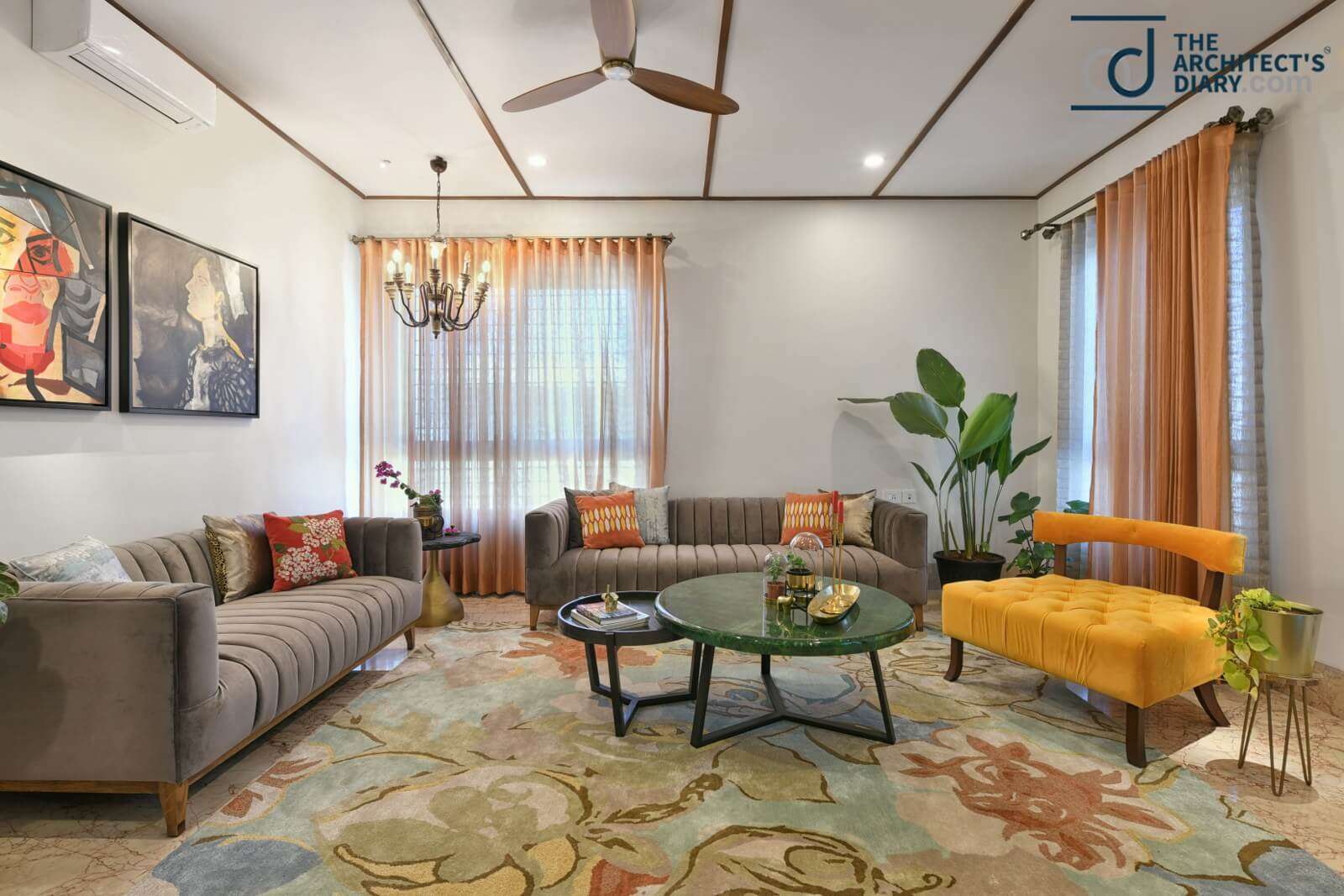
Essentially, the scope determines the parameters of the design journey, from the rooms involved to the decor elements. For instance, transforming an expansive space or an entire residence invariably demands more resources, both in time and materials, than revamping a solitary room. So redesigning starting for a mansion or loft will inevitably pull more strings off your budget compared to designing for a compact studio or a petite bedroom.
-
Know Your Budget
Knowing your budget beforehand won’t just prevent unexpected costs. It would be the real benchmark for exactly the kind of design you can even expect to incorporate. This foresight enables you to filter through choices, prioritise desires, and compromise where necessary on house interior design ideas. As much as we would like to opt for that expansive chandelier by the hall, not all of us can. A clearer budget understanding also helps designers craft proposals aligning with their vision.
Interior Design Rates and Costs
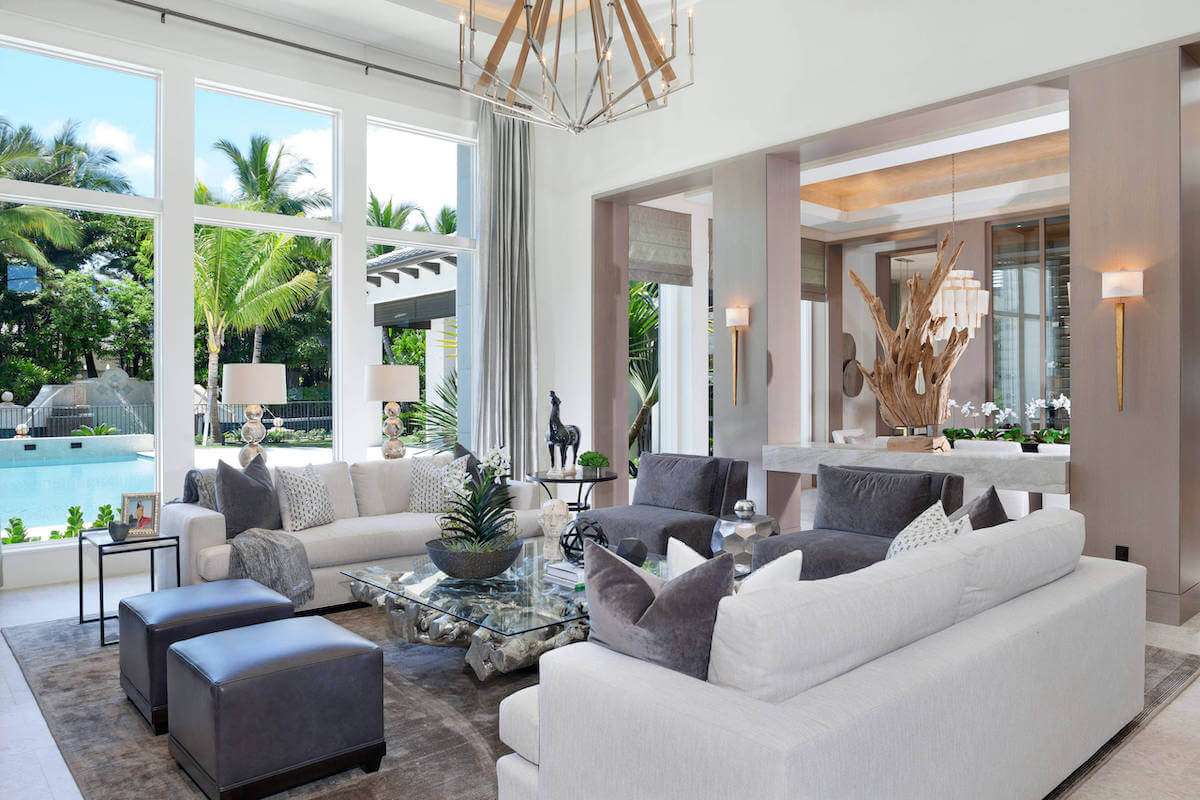
Let’s put it simply: there are a range of ways that interior designers can determine their fees to remodel your home. Factors like the firm’s size and the project’s scope influence these billing approaches. It’s like ordering coffee – some go simple, some go fancy. To give you a ballpark, most folks shell out anywhere from $1,500 to $12,000 just for the designer’s magic touch. That doesn’t count the cool couch you’ve been eyeing or that funky lamp. If we’re talking averages for a regular house spruce-up, you’re probably looking at around $5,000.
-
Per-Hour Design Charges
Charging per hour is the go-to approach, especially for independent designers and smaller outfits. This hourly system isn’t just about their time sketching layouts or picking colours. Still, it also encompasses their travel, site visits, correspondence, and all the behind-the-scenes coordination. Now, while the average charge hovers between $100 to $200 per hour, a newbie might bill you $50, but a top-tier designer in an upscale area might quote up to $500! Remember that different team members might have varied rates if you work with a firm.
-
Flat-Rate/ Fixed Complete Interior Design Rate
Interior decorators frequently opt for a flat-rate pricing model since it’s simpler to gauge the scope of work, especially when no architectural considerations are involved. A Flat-Rate Interior Design Price refers to a pricing structure where the client pays a fixed fee for the entire interior design project, regardless of the hours spent, complexity, or scope. This fee is agreed upon in advance and covers all designer’s services from start to finish.
Instead of billing by the hour or marking up purchases, the designer assesses the project’s requirements, gauges the anticipated workload, and then provides one comprehensive price. This approach offers clients clarity and certainty about the total cost from the outset, eliminating unexpected charges or hourly overages.
-
Monthly Design Consultation Fee
A Monthly interior design rate refers to a pricing structure where clients pay the designer a predetermined fee at the beginning of each month before any work is carried out. It operates like a retainer or subscription model, ensuring the designer’s monthly availability and services. Both parties must have a well-defined contract since the cost is set and paid upfront. This contract should specify specific expectations, from the range of services provided to communication protocols and the number of hours committed, ensuring clarity and avoiding potential misunderstandings.
-
By Interior Foot Size
A fee structure wherein the designed space’s total square footage determines the interior design services’ pricing. This pricing model calculates the interior design cost based on the project’s square footage. This method of pricing, based on square footage, is particularly popular for larger spaces and is often the go-to for projects in the hospitality and commercial industries.
-
Commission Fee Structure
This is a common way for designers to earn on some markup that the items purchased for the project carry. Instead of charging by the hour, these designers source furniture, decor, and other materials at a discounted rate and then bill you at the retail price, pocketing the difference as their payment. Some might add a markup fee, often around 20%, on top of your total expenditure for furnishings and supplies. It’s always wise to request copies of receipts for transparency, ensuring you’re aware of the original costs. Additionally, seeking cost estimates upfront can help gauge if this pricing approach aligns with your budget. Generally, designers might add a markup ranging from 10% to 40% on the price of purchased items.
Forging Forward with Interior Design
It’s down to like jumping into a pool of creativity. To manage it seamlessly, start by nailing down what vibe you’re going for and how much cash you’re cool with splashing. Draw a clear outline for objectives after considering different home interior design styles, set a realistic budget and familiarise yourself with current design trends. Collaborate with your professional, and remember the key to a successful design journey is a balance of creativity, planning, and adaptability.
-
Know Your Vibe
Generally speaking, the clearer you are about your style from the get-go, the less back-and-forth you’ll have with a designer. By streamlining your preferences early on, you can more easily zero in on designers whose vibes align with yours. Try some home interior design style quizzes to hone in on what truly resonates with you. While most designers can roll with various styles, they’ve often got their sweet spot. So, doing some homework upfront can lead to a design match made in heaven!
-
Identify Your Design Requirements
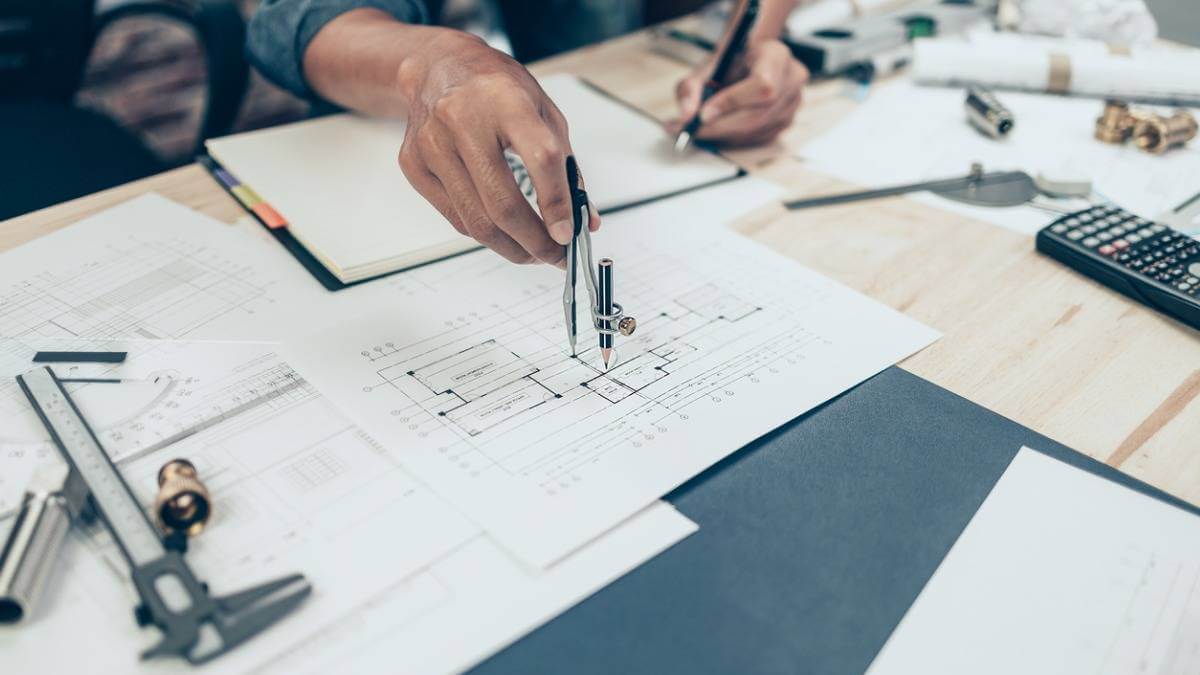
Kick-off by identifying items you already own and want to weave into your fresh design. By doing so, your designer can pinpoint what new additions you’ll need, making budget management smoother. Especially if funds are a bit tight, understanding your must-haves can steer you towards more wallet-friendly designers.
-
Selecting the Ideal Designer
None of this would work or be a breeze if you do not find your person. Remember to peek at their social media profiles; platforms like Pinterest and Instagram are gold mines showcasing their style and past projects! Also, it is not just important to browse through potential designers’ qualifications, experience, portfolios, and feedback but to check that the person works with you in collaboration. Remember, the key to a successful design journey isn’t just about aesthetics but connection. As you’ll spend significant time with your chosen designer, it’s essential to vibe well with them, ensuring open communication and a comfortable rapport.
You May Also Read
|
Know The Room Decoration Items |
|
|
Guide To Smart Home Automation |
|
|
All About Home Automation System |
|
|
Some Small Backyard Ideas |
Styling the Future
We have breezed through the tip of the iceberg and stayed afloat! Navigating the home interior designer costs in 2023 has become very convenient, and people have become more intelligent with money. So, whether you’re about to transform a tiny nook or revamp a grand hall, remember: it’s all about balancing those design dreams with your wallet’s wishes. Until next time, happy decorating and may your spaces be as fabulous as your budget is wise!

